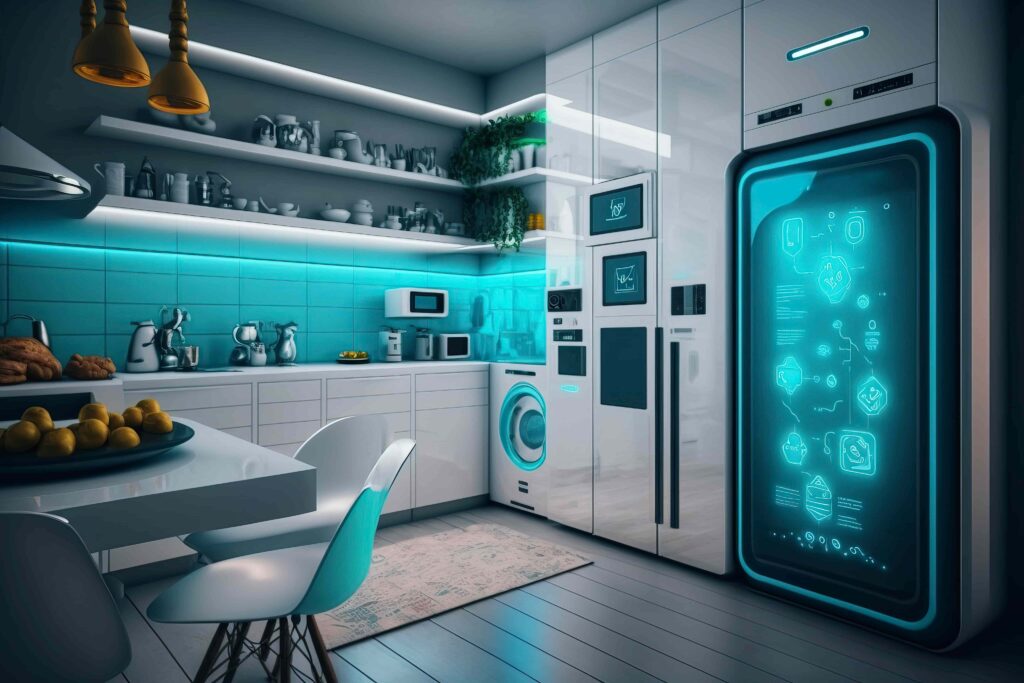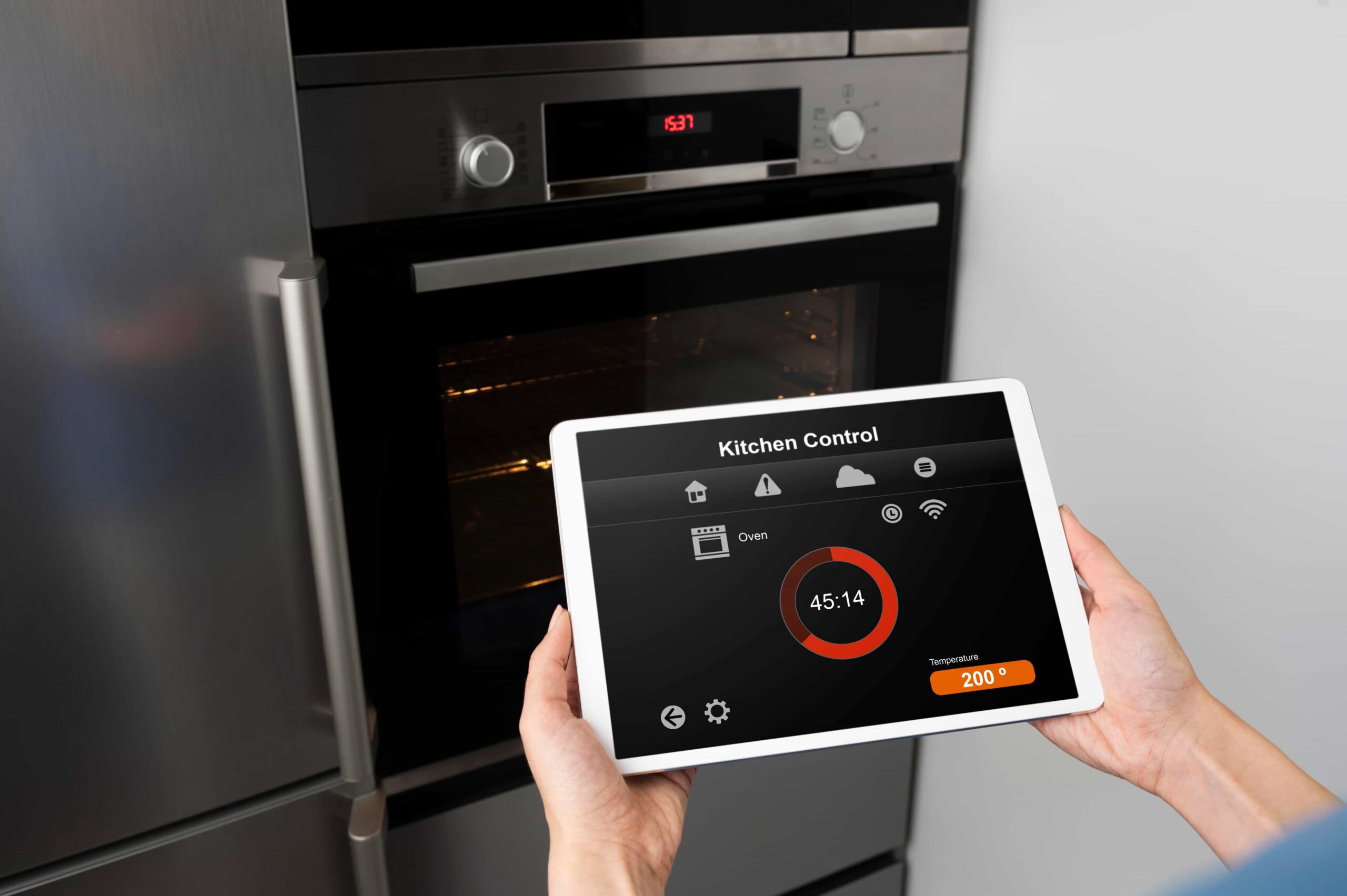Abstract
In today’s digital age, the convergence of physical products and their digital counterparts through apps is a hallmark of modern innovation. Omnichannel user research serves as the keystone, providing insights into this synergy and empowering businesses to optimize the intertwined user experiences. This article delves into the essence of omnichannel UXR, its benefits, and the quintessential role it plays in the harmonious coexistence of tangible products and their apps.
The Modern Odd Couple: Physical Products & Their Companion Apps
The digital and physical worlds are converging at an ever-increasing rate. These days, tangible products are often complimented with mobile apps to enhance functionality and user experiences. Interconnected devices are becoming a central focus for companies that intend to deliver top-notch experiences. However, this coupling creates complex journeys and presents challenges for UX research teams that need to study the cross-section and interplay between real-world and digital products.
From things we are familiar with, like smart home devices and wearables, to more advanced hybrid solutions like augmented reality and real-time health monitoring, omnichannel user research offers businesses a rare lens into understanding their products’ digital and physical counterparts. This allows companies to build seamless transitions, intuitive controls, and meaningful functionalities into their hybrid solutions. Not only does it reduce friction between the digital and physical realms, this testing fosters experiences with deep resonance, enriches user journeys, and solidifies brand affinity.
What is Omnichannel UXR?
At its heart, omnichannel UXR is the seamless amalgamation of insights from both real-world and digital interactions. It employs platforms that capture experiences with tangible products through multimedia – videos, photos, or textual descriptions- while encapsulating digital touchpoints via screen recordings. This duality offers a holistic view, making it an unparalleled asset in UX research.
Benefits of Omnichannel UXR
Leveraging insights surrounding the synergy between physical and digital entities promises a host of benefits:
- User-Centered Designs: Gain insights into users’ real-world interactions and digital behaviors when using app-enhanced physical products.
- Data-Driven Decision-Making: Harness omnichannel insights to steer decisions about design tweaks, feature additions, and upgrades.
- Early Friction Detection: Proactively spot and smoothen out potential friction points between the app and its tangible counterpart.
- Competitive Advantage: Rise above the competition with meticulously tested products, boasting harmonious app integrations.
- Iterative, User-Led Enhancements: Embrace user feedback from diverse channels to enrich and refine product offerings.
Use Cases for Omnichannel UXR
While the concept of omnichannel UXR might seem abstract, its practical implications are profound. Let’s explore a few scenarios:
Use Case 1: Testing an App-Enhanced Smart Coffee Maker
With Omnichannel UXR, a company can glean insights into how users remotely customize brewing preferences while tracking real-world brewing and taste results.
Use Case 2: Augmented Retail Experiences Through Virtual Fitting
Researchers can see first-hand how helpful visualizations of clothing and accessories assist real-world shoppers. Further, companies can gain rich insights into the interaction of shoppers virtually trying on clothes.
Use Case 3: Observing a Wearable Insulin Pump to Manage Dosage and Monitor Glucose
Companies piloting life-saving wearables will want to validate the dosage administration of such app-enhanced products and proactively identify integration issues.

Getting Started with Testing Apps and Their Tangible Counterparts
Getting started is similar to how you would go about testing physical products or apps in isolation. Though complexity has increased due to the interplay between digital and physical experiences, the user remains the central focus of the study.
The Steps to Success
- Define Your Goals & Recruit Participants
Outline and determine objectives and insights intended to be gathered from user interactions with the physical product and the app. Utilize personas to track traits from your target audiences that can be used to recruit participants with similar profiles. - Choose Your Methods & Tools
Pick a method or combine methods that align with your objectives. Select a platform that supports the study of physical products and apps. This platform should have robust data collection capabilities, including text, multimedia, and screen recordings. - Make A Test Plan
Create realistic scenarios and tasks involving the product and app. Tasks should mimic real-world situations and give insight into potential challenges that may arise. - Gather & Analyze Feedback
Collect honest feedback from users about ease, satisfaction, and pain points. Through the data, identify patterns, trends, and improvements for both the app and the product and where they intersect. - Present to Stakeholders and Cross-functional Groups
Prioritize iterative enhancements and improvements and document recommendations and findings for future consideration. Communicate the value of seamless integration and user satisfaction to your team and executives.
Top Remote Methodologies to Consider
- Diary Studies: Through recording interactions over time, product teams can gain insight into actual usage, the emotions evoked when utilizing the product and app, and the unknown challenges that arise.
- Usability Testing: In this method, users can be observed interacting with a product and its companion app to complete pre-determined tasks. This method gives insights into usability issues, challenges arising from task switching, and overall satisfaction.
- Contextual Inquiry: Through observation of users in their natural environments, researchers can understand how users navigate physical and digital elements, which gives greater insight into usage, workflows, and pain points.
- Task Analysis: To better identify decision points, interaction order, and any misalignment between users’ mental models and actual processes, researchers can break down complex workflows by considering both the physical actions and digital interactions users take.
- Mobile Ethnography: To better understand the daily lives of users, this method allows researchers to observe and gain a rich understanding of their users’ real-world behaviors and needs.
Conclusion
The seamless integration of apps with their physical counterparts is more than just a technological advancement—it signifies the evolution of user experience in the modern world. Omnichannel UXR emerges as an indispensable tool, illuminating the intricate dance between the tangible and the digital. From enhancing everyday appliances like coffee makers to potentially life-saving wearables, the potential applications are vast and varied. But the crux remains: to truly optimize these intersections, businesses must holistically embrace omnichannel UXR. By doing so, they enhance product functionality and weave memorable, enriched user journeys that stand the test of time. As we continue to navigate this ever-converging physical and digital world, placing the user at the heart of research and innovation remains paramount.

